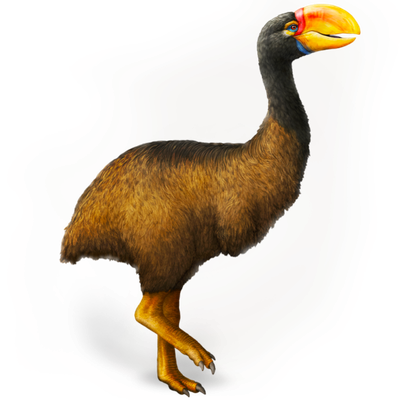Your search returned 2817 results
By Page Type
By Tag
- fish (966)
- blog (696)
- fishes of sydney harbour (401)
- First Nations (299)
- Blog (236)
- AMRI (169)
- archives (164)
- Eureka Prizes (146)
- Aboriginal and Torres Strait Islander (135)
- insect (126)
- Ichthyology (124)
- geoscience (109)
- minerals (102)
- climate change (100)
- podcast (94)
- Fish (91)
- Anthropology (89)
- International collections (80)
- Minerals Gallery (78)
- wildlife of sydney (78)
- Labridae (77)
- frog (74)
- gemstone (70)
- history (64)
- photography (64)
- Mollusca (60)
- gem (59)
- staff (59)
- Birds (56)
- Gems (56)
- Indonesia (56)
- education (56)
- shark (55)
- AMplify (54)
- people (53)
- earth sciences (50)
- past exhibitions (50)
- exhibition (49)
- Gobiidae (48)
- sustainability (46)
- Pomacentridae (45)
- Serranidae (44)
- lifelong learning (42)
- science (42)
- Earth and Environmental Science (41)
- Syngnathidae (41)
- Ancient Egypt (40)
- Bali (40)
- bird (40)
- dangerous australians (40)
-
Gunther's Wrasse, Pseudolabrus guentheri Bleeker, 1862
https://australian.museum/learn/animals/fishes/gunthers-wrasse-pseudolabrus-guentheri/Gunther's Wrasse, Pseudolabrus guentheri Bleeker, 1862
-
Groovecheek Goby, Nesogobius sp. 4
https://australian.museum/learn/animals/fishes/groovecheek-goby-nesogobius-sp-4/Groovecheek Goby, Nesogobius sp. 4
-
Green Moon Wrasse, Thalassoma lutescens (Lay & Bennett, 1839)
https://australian.museum/learn/animals/fishes/green-moon-wrasse-thalassoma-lutescens/Green Moon Wrasse, Thalassoma lutescens (Lay & Bennett, 1839)
-
Giant Sweetlips, Plectorhinchus albovittatus (Rüppell, 1838)
https://australian.museum/learn/animals/fishes/giant-sweetlips-plectorhinchus-albovittatus/Giant Sweetlips, Plectorhinchus albovittatus (Rüppell, 1838)
-
Freckled Hawkfish, Paracirrhites forsteri (Schneider, 1801)
https://australian.museum/learn/animals/fishes/freckled-hawkfish-paracirrhites-forsteri/Freckled Hawkfish, Paracirrhites forsteri (Schneider, 1801)
-
Falsespine Catfish, Neosilurus pseudospinosus Allen & Feinberg, 1998
https://australian.museum/learn/animals/fishes/falsespine-catfish-neosilurus-pseudospinosus/Falsespine Catfish, Neosilurus pseudospinosus Allen & Feinberg, 1998
-
Common Sawshark, Pristiophorus cirratus (Latham, 1794)
https://australian.museum/learn/animals/fishes/common-sawshark-pristiophorus-cirratus/Common Sawshark, Pristiophorus cirratus (Latham, 1794)
-
Dwarf Flathead Gudgeon, Philypnodon macrostomus Hoese & Reader, 2006
https://australian.museum/learn/animals/fishes/dwarf-flathead-gudgeon-philypnodon-macrostomus/Dwarf Flathead Gudgeon, Philypnodon macrostomus Hoese & Reader, 2006
-
Ingolf Duckbill Eel, Nessorhamphus ingolfianus (Schmidt, 1912)
https://australian.museum/learn/animals/fishes/ingolf-duckbill-eel-nessorhamphus-ingolfianus/Ingolf Duckbill Eel, Nessorhamphus ingolfianus (Schmidt, 1912)
-
Doublebar Goatfish, Parupeneus crassilabris (Valenciennes 1831)
https://australian.museum/learn/animals/fishes/doublebar-goatfish-parupeneus-crassilabris/Doublebar Goatfish, Parupeneus crassilabris (Valenciennes 1831)
-
Discover more
2025 Australian Geographic Nature Photographer of the Year
Special exhibition
Free entry
Now open -
Discover more
Unfinished Business
Special exhibition
Free entry
Now open -
Find out more
Surviving Australia
Permanent exhibition
Free entry
Now open![]()
-
Find out more
Burra
Permanent kids learning space
Free entry
10am - 4.30pm![]()
-
Discover more
Minerals
Permanent exhibition
Free entry
Open daily![]()





